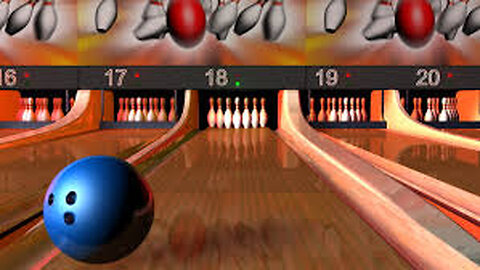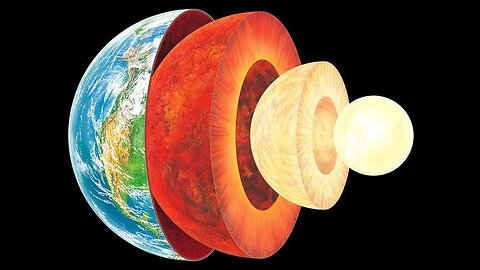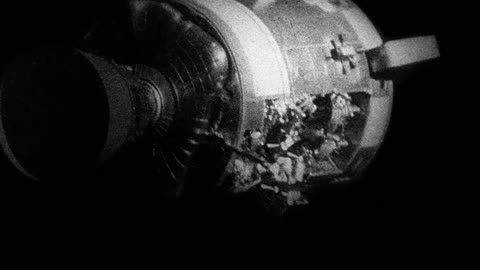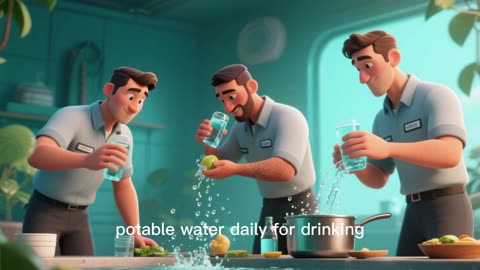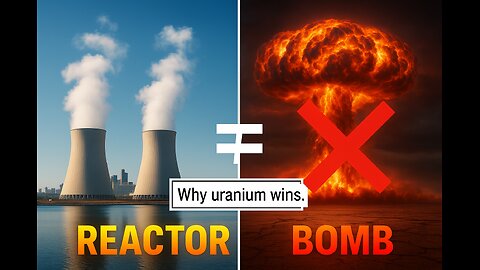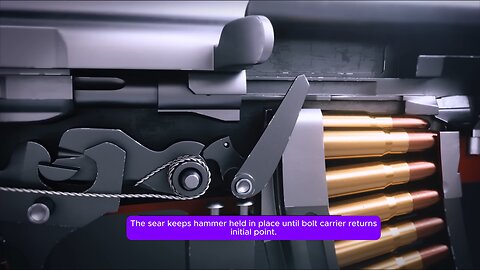
-
How AK 47 works
bbotplayer1How the AK-47 Works — (Simple, Visual Explanation) In this video we break down the legend: the AK-47. Learn the history, the key parts, and the basic operating principle behind the world’s most famous rifle — explained in plain English for beginners. No technical build instructions — just how it works and why it became so reliable. Safety & legality This video is educational. It explains mechanical principles only and does not provide instructions for manufacturing, modifying, or evading regulations. Always follow local laws, and seek certified training if you handle firearms. Want more? Like, subscribe and comment which firearm or mechanism you want explained next — bolt-action, AR-platform, or blowback pistols?8 views -
-
How a Bowling Alley Works
bbotplayer1Here is an animation I did that shows how a bowling alley works. This particular design is taken mostly from Brunswick's pinsetter. The ball return is taken from AMF's Gripper ball lift. Please note that I wasn't going for an exact representation of a particular type of bowling alley. This was just to demonstrate the basic understanding of how it all works. I created the geometry in 3ds max and the animation was done in Cinema 4D. I then used After Effects to compile everything and to add sound effects etc.6 views -
What Lies Beneath Earth's Hidden Layers
bbotplayer1Embark on a fascinating journey to the center of our planet. "What Lies Beneath: Earth's Hidden Layers Revealed!" takes you deep beneath the surface to explore the Earth’s crust, mantle, and core. Discover how each layer plays a crucial role in shaping the world we live on—from the solid crust beneath our feet to the fiery mantle and the mysterious inner core. This documentary-style video combines stunning visuals and clear explanations to unravel the secrets hidden beneath us. Perfect for students, science enthusiasts, and curious minds alike! Don’t forget to like and share this captivating exploration of Earth's inner structure. #EarthLayers #Geology #ScienceDocumentary #EarthScience #EducationalVideo38 views -
Journey To The Edge Of The Universe.
bbotplayer1From the blazing heart of our Sun to the farthest galaxies ever seen — this is the ultimate journey through everything humanity has discovered in space. 🚀 Explore the most incredible objects ever found in the universe — planets, moons, asteroids, stars, pulsars, black holes, quasars, and mysterious exoplanets orbiting distant suns. Learn how astronomers, using telescopes like Hubble and James Webb, continue to push the limits of our cosmic map — uncovering new worlds, galaxies, and phenomena billions of light-years away.145 views 2 comments -
Inside the Apollo Missions | From Earth to Moon and Back
bbotplayer1The story of humanity’s most daring adventure — the Apollo Mission. In this video, we trace the incredible journey that took humans from Earth to the Moon and back safely. Learn how NASA planned, built, and launched the Saturn V rocket, trained astronauts for space, and overcame countless challenges to make history in 1969 with Apollo 11. You’ll discover: 🚀 The origins of the Apollo Program 🌎 How the Saturn V rocket worked 🧑🚀 Life inside the spacecraft 🌕 The first moon landing — “One small step for man…” 🛰️ How Apollo paved the way for modern space exploration This video brings together stunning visuals, facts, and moments that changed the course of human history. Perfect for space enthusiasts, students, and science lovers! 🔭 Watch till the end to see how Apollo inspired future missions like Artemis and beyond.231 views 5 comments -
DO NOT BORE IT — Check This First!
bbotplayer1Save money and avoid unnecessary engine machining. In many cases blue exhaust smoke, high oil consumption, and blow-by are caused by worn piston rings — not a damaged cylinder. In this video I show the exact tests and signs mechanics should use before recommending a bore: compression test, wet compression test, leak-down test, and borescope inspection. I also walk through the repair path: replacing rings + a light cylinder hone and break-in tips.#EngineRepair #PistonRings #CompressionTest49 views -
The Hidden Future of Nuclear Power (SMRs)
bbotplayer1Nuclear power is changing faster than most people realize. From Small Modular Reactors (SMRs) to advanced fuels and safer designs, a hidden revolution in clean energy is already underway. ⚡ In this video, we’ll uncover: • Why nuclear energy is returning as a climate solution 🌍 • The rise of SMRs and how they power cities more safely • New reactor technologies beyond today’s power plants • The myths vs. realities of nuclear safety • How nuclear could shape the world’s energy future Whether you’re curious about future technology, clean energy, or how we’ll power tomorrow’s cities, this is the video for you. 👉 Don’t forget to Like, Subscribe, and hit the 🔔 so you don’t miss the next deep-dive into science and innovation. #NuclearEnergy #CleanEnergy #FutureTech #SmallModularReactors #SMR #EnergyFuture #PoweringTomorrow36 views 1 comment -
Inside a Nuclear Submarine Breath, Water and Atomic Power
bbotplayer1Beneath the ocean, nuclear submarines are self-contained cities. This documentary explains, in clear, research-based terms, how submarines generate breathable air from seawater, produce fresh water, run compact nuclear reactors for years, and use layered safety systems to avoid meltdowns. We cover: electrochemical oxygen systems and CO₂ scrubbing, desalination from reactor heat, reactor design and control systems, passive safety features, crew life-support routines, and why decades of naval practice have made these vessels remarkably safe. What’s in this video • Oxygen production & CO₂ removal • Fresh water generation and supply systems • How submarine reactors work (compact, pressurized designs) • Cooling, control rods, and fail-safe mechanisms that prevent meltdowns • Life aboard: routines, psychology, and logistics #NuclearSubmarine #Engineering #Documentary #NavalHistory #LifeSupport44 views 1 comment -
Reactor vs Bomb Why Uranium Often “Wins” in Power
bbotplayer1Uranium sits at the heart of two very different technologies: peaceful reactors that supply steady electricity, and weapons that release energy in milliseconds. This video explains the science, engineering, and policy that make reactors useful for power — not bombs — and why uranium became the backbone of nuclear energy. What you’ll learn (bullet list): How nuclear fission produces heat and why control (not the element) determines the outcome. Why most power reactors use low-enriched uranium and how that enables safe, steady operation. The conceptual differences between reactor design and weapon design (non-actionable, high-level). Plutonium’s role as a reactor byproduct and the safeguards that matter for peaceful programs. Myths vs reality: separating fear from facts about nuclear power.30 views

